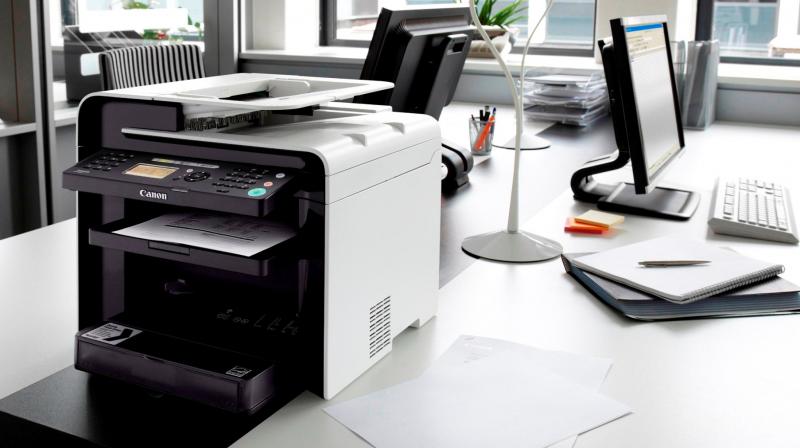Is your printer hack-proof?

Earlier this year, people around the world experienced their printers churning out a picture of a robot with a message stating that the machine has been hacked. Large printers in offices, domestic devices and tiny receipt printers in restaurants were putting their owners in a fix, looking for help. Fortunately, the hack was done by a British teenager whose intentions were to educate the people about safeguarding their printers that were connected to the internet.
Among the manufacturers of printers that were affected by the hack, HP was one of them and they were worried about this large unseen problem looming in the open. HP India wanted to take up this matter with its large base of consumers in a press meet today. The company elaborated on how a non-secure multi-function printer can fall prey to hackers and break into an organization’s network to steal confidential information. “There is a need to include printer security as part of the government policy guidelines and recognize them as a vital network endpoint that is critical to the IT managers worldwide,” said Raj Kumar Rishi, Senior Director, Printing Systems, HP India. He further emphasized on the need to move from compliant IT security to comprehensive IT security, taking into consideration BYOD practice and securing mobile device access to the network.
The company elaborated in developing secure solutions like HP Sure Start, HP Future Smart Firmware, HP Jet Advantage Secure and Private Print to prevent exposure of sensitive documents and unauthorised access to the printer and the print jobs.
It is satisfying to know that PC peripheral manufacturers like HP take up the issue of cyber security very seriously. In the recent years, nearly 92 percent of companies have reported security breaches leading to financial as well as reputation loss, of which nearly 60 percent took place due to a faulty printer in the company’s network.
When the issue of cyber security is concerned, IT departments in large firms and OEMs concentrate their focus only on the primary computer device. For instance, a PC maker will focus on data security for its laptop models, a phone manufacturer might only focus on the handset’s software security. But nobody pays attention to the array of devices, especially the wireless ones that may have the capability to be hacked through some kind of loophole in the connection protocol. Because of loopholes like these, hackers can gay unprecedented attention to your primary device, gaining access to your private data.
So, what can you do to safeguard yourself from these looming dangers? The easiest and the safest solution is to keep updating the firmware of all your computer peripherals. They are either listed on your system update windows or on their maker’s website.

